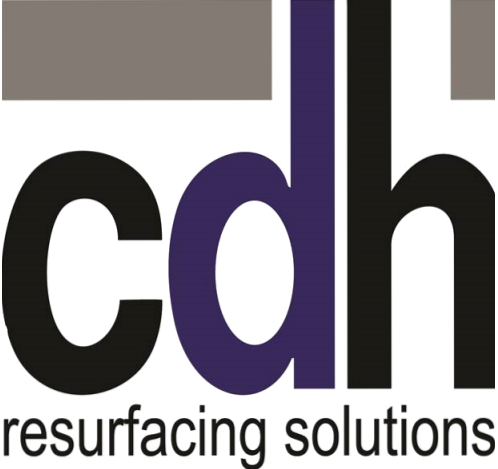Many homeowners have had their daily life upended by the COVID-19 virus that has now taken hold of the country. Many states now have shelter in place guidance from local governments to keep people safe and not overwhelm intensive care units in hospitals.
This has led to many homeowners spending much more time at home and taking more notice of the residence they live in. One thing that some may be thinking is a desire to improve the house, either for resale at a later date, or simply to improve the home’s current look and condition.
Resurfacing is one way to do this, but how does it differ from renovating?
Improving What’s There
A renovation is often drastic. Remodeling a kitchen or a bathroom, for example, can involve vast amounts of work as floors and walls are torn down, and water/drainage pipes are moved to new locations, or newly installed. Counters may be moved, walls removed, and new cabinets and electrical wiring may be required in addition to buying and installing new appliances and fixtures.
Resurfacing, however, is less invasive. Rather than tear everything down and put in new things, resurfacing works with what’s already there and restores it. This can apply to the kitchen and the bathroom; to fixtures like a bathtub, or the surface that you walk on, like kitchen tile.
Cost-Effective Options
Another great side-effect of choosing to resurface over renovate is significant financial savings. Resurfacing bathroom fixtures, or refurbishing kitchen tile is frequently much cheaper than putting in a new kitchen floor or installing a new bathtub.
In the case of many kitchen and bathroom elements, they are built to last and, structurally, can provide sound, safe operation for decades. The visible surface, however, may be prone to showing more wear and tear. If your kitchen or bathroom features are still structurally sound, resurfacing is a cost-efficient way to get more years out of them, while still getting something that feels shiny and new.
Value For Your Property
The decision to resurface or refurbish a bathroom or kitchen brings a lot of advantages. Refinishing countertops, for example, can take a marble, Formica, or even laminate counter and give it a brand new, faux-granite sheen. Resurfacing tubs, sinks, and or even floor tile can change and improve the look of a room without having to make any drastic alterations. Best of all, this work takes far less time than the overhaul of a renovation. Instead of weeks, you may be looking at days, or even hours, depending on the scope of the job.
And at the end of all that work, you’ve improved the look of your home and even added to its value. Homes with rooms in poor condition or that look old and dated have less value in the market. Whether your home your long term investment or something you want to put on sale soon, resurfacing can add to that value.
So if you’re thinking about changing the look of your bathrooms and kitchens, but don’t want to tear everything out and start from scratch, we can help. Contact CDH Resurfacing Solutions, and we can discuss your plans.


 Facebook
Facebook
 Google
Google